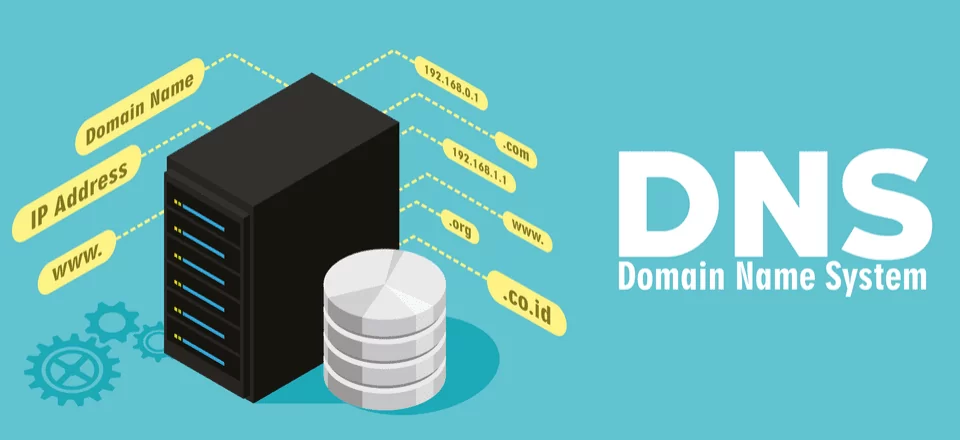DNS (Domain Name System), that is Domain Name System is a system that most people have difficulty understanding and leaves question marks in their minds. Thanks to this system, which enables websites to be found easily and seamlessly, we can easily connect to millions of websites around the world. We think that you will find what you are looking for in this article, where we try to explain every subject you can think of regarding DNS.
What Does DNS Do?
DNS is the phone book of the internet. In other words, we can liken the DNS system to a giant phone book where IP addresses and domain names are kept. Thanks to this system, when we want to visit websites, we can connect to our browser by typing meaningful or meaningless but catchy domains instead of IP addresses. If the DNS system had not been established, we would have to keep in mind the IP address of each website.
Special servers working for Domain Name System are called DNS Servers. Every unit in the internet environment is defined by IP addresses, but it is not possible for people to remember that many IP addresses. To solve this problem, the domain name system was created and the problem was eliminated with the DNS servers running in the system.
DNS servers are actually special computers configured to run 24/7. All DNS servers are conveniently located and distributed in DNS Zones on the internet network. They each work in their own region to constantly query IP addresses and match their associated domain names and keep them on record.
DNS servers work in a way to synchronize this information with Root DNS servers by recording the IP addresses assigned to the Domain Names connected to them. All companies that have a Domain Name in their system and provide hosting services also have their own DNS server and they record the domain names they host in their own systems in the DNS system by associating them with their IP addresses.
There are 4 types of DNS servers in the Web Page loading process;
DNS Resolver (Internet Service Provider)
Root Server
TLD Name Server (Top Level Domain Server)
Authorized Name Server
1. DNS Resolver
The DNS resolver is the first unit that asks for the IP address of the domain name we type into the browser. Unless you create a different configuration, DNS Resolver will be your Internet Service Provider (Turk Telekom, Superonline, Vodafone etc.). So you can think of the DNS resolver as your gateway to the Internet.
2. What is Root Server?
There are only 13 Root Name servers all over the world. They divide the world into zones and control them into zones. They are the servers at the top of the DNS system. All other DNS servers provide data flow to the Root DNS server they are connected to, giving information as to which domain name (Domain) is located on which server and therefore which IP address.
In addition, many servers of Root DNS servers, called Mirror DNS Servers, are located more widely in regions and work depending on this system. They are distributed around the world to ensure that the system is redundant, working more widely and faster.
3. TLD Name Server
TLD (Top Level Domain) is the name given to the extensions at the end of the domain names. According to the type of this extension, all domain names are registered in groups. Extensions such as “.COM”, “.NET”, “.ORG” are the first step in questioning where a domain name is linked. The servers where the records of these extensions are kept are called TLD Name Servers.
4. Name Server
Name servers are the actual servers that keep track of which IP address domain names are stored as a whole. The authorized Name Server to which each domain name is connected is the name server of the organization where the domain name of a website is hosted. Each company hosting a domain name creates a Name Server and keeps a record of the IP addresses assigned to that domain name and gives the IP address information to the entire DNS system when a query is made.
Two Name Server addresses, one of which is backup, are defined for each domain name and this information is recorded in the entire DNS system. Name Server addresses look like this;
